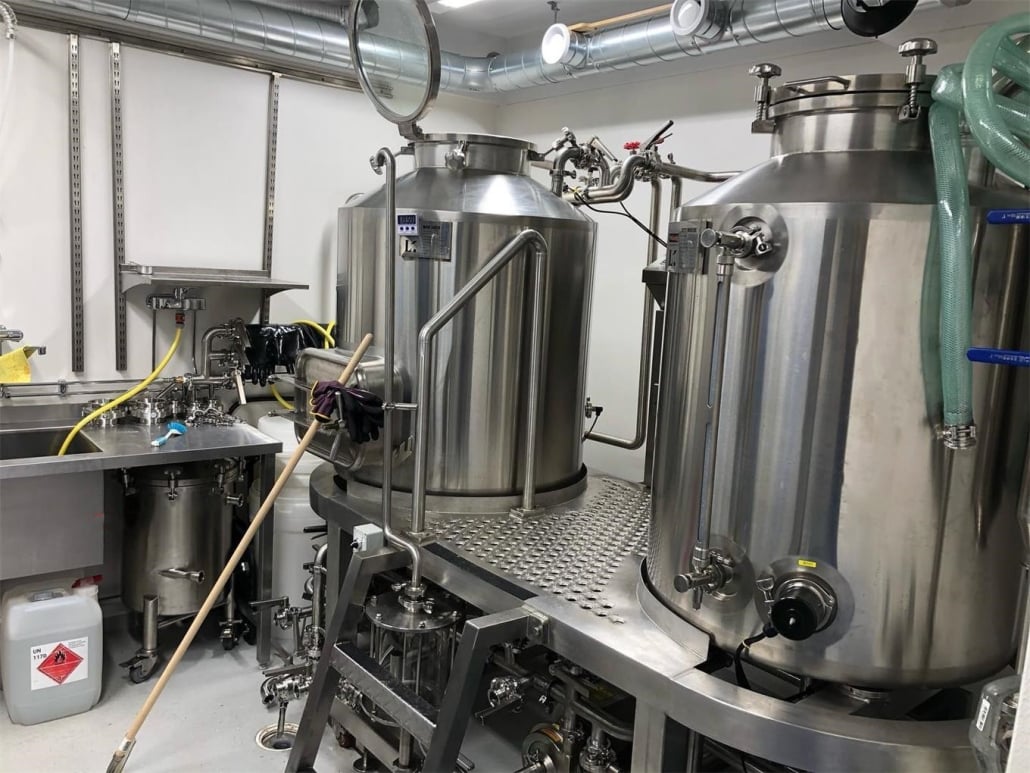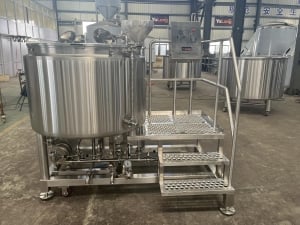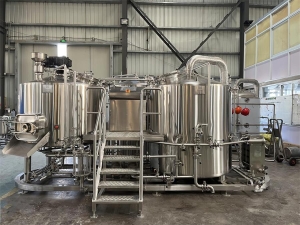Brewing beer is as much an art as it is a science. Whether you’re a homebrew enthusiast or planning to scale up to a commercial setup, understanding brewing equipment is essential to crafting a perfect pint. Let’s dive into the essentials, troubleshoot common issues, explore the brewing process, and compare options to help you make the best choices for your needs.
Table of Contents
ToggleOverview of Brewing Equipment
Brewing equipment is the backbone of beer production, encompassing everything from small-scale homebrew kits to advanced commercial brewing systems. The primary goal of this equipment is to transform basic ingredients—malted grains, hops, yeast, and water—into a finely crafted beverage through a series of controlled processes.
Key Components:
- Mash Tuns: For steeping grains in water to extract fermentable sugars.
- Boil Kettles: To boil the wort and add hops for bitterness and aroma.
- Fermenters: Where yeast ferments the wort into beer.
- Cooling Systems: Essential for bringing the wort to fermentation temperature quickly.
- Packaging Systems: Bottles, kegs, or cans for distributing your final product.

Troubleshooting Common Issues with Beer Fermenters
Fermenters play a crucial role in beer production, but they’re not without their challenges. Let’s look at some common problems and how to tackle them:
1. Stuck Fermentation
Symptoms: The fermentation process stops prematurely, leaving a sweet beer with low alcohol content.
Solutions:
- Check the temperature. Yeast activity can stall if it’s too cold or hot.
- Oxygenate the wort before pitching the yeast.
- Use fresh, high-quality yeast or add yeast nutrients.
2. Contamination
Symptoms: Off-flavors, odd smells, or visible mold in the fermenter.
Solutions:
- Always sanitize equipment thoroughly before use.
- Avoid opening the fermenter unnecessarily.
- Use an airlock to maintain a sealed environment.
3. Over-pressurization
Symptoms: Fermenter seals burst or airlocks pop out.
Solutions:
- Install a blow-off tube for vigorous fermentations.
- Monitor fermentation closely, especially in the initial stages.
The Brewing Process: From Grain to Glass
Brewing is a journey that transforms humble ingredients into a masterpiece. Here’s a step-by-step breakdown:
1. Mashing
The process begins with mashing, where crushed grains are soaked in hot water to convert starches into fermentable sugars. Think of it like brewing a giant pot of oatmeal with precision.
2. Lautering
After mashing, the sweet liquid (wort) is separated from the spent grains. Lautering acts as a filter, much like draining pasta water but keeping the flavor-packed wort.
3. Boiling
The wort is brought to a vigorous boil, hops are added for bitterness and aroma, and the mixture is sterilized.
4. Cooling
Quickly cooling the wort is essential to prepare it for fermentation. This step prevents contamination and ensures the yeast gets an optimal environment.
5. Fermentation
Yeast is added, and the wort is left to ferment. This is where sugar transforms into alcohol and CO2—the magic of brewing.
6. Packaging
The beer is carbonated and packaged in bottles, kegs, or cans, ready for distribution or enjoyment.
Comparison of Brewing Equipment Specifications
| Feature | Capacity | Space Requirements | Design & Layout | Customization Options |
|---|---|---|---|---|
| Homebrew Kits | 5-10 gallons | Compact, tabletop | Simple, modular | Minimal |
| Pilot Systems | 10-30 gallons | Small dedicated space | Semi-automated | Moderate |
| Commercial Systems | 1-100 barrels | Large industrial area | Fully automated | Extensive |

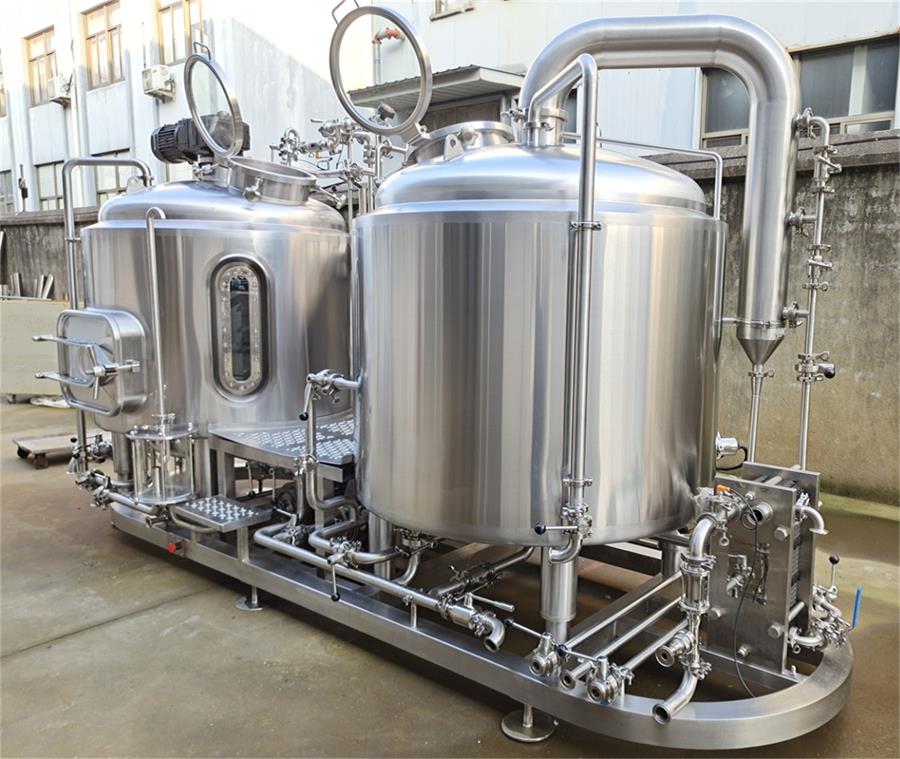

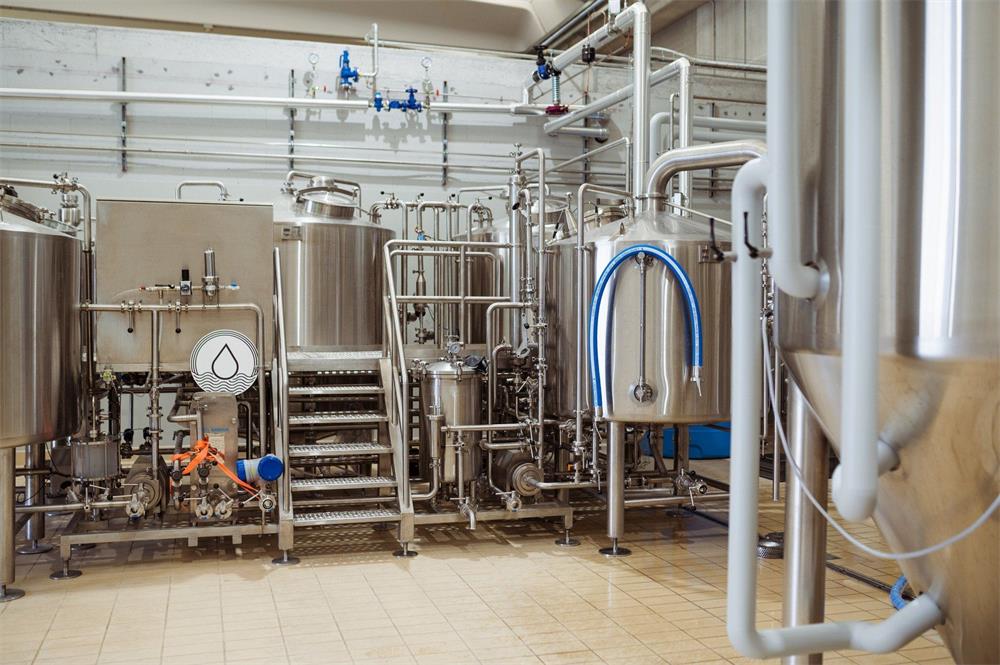
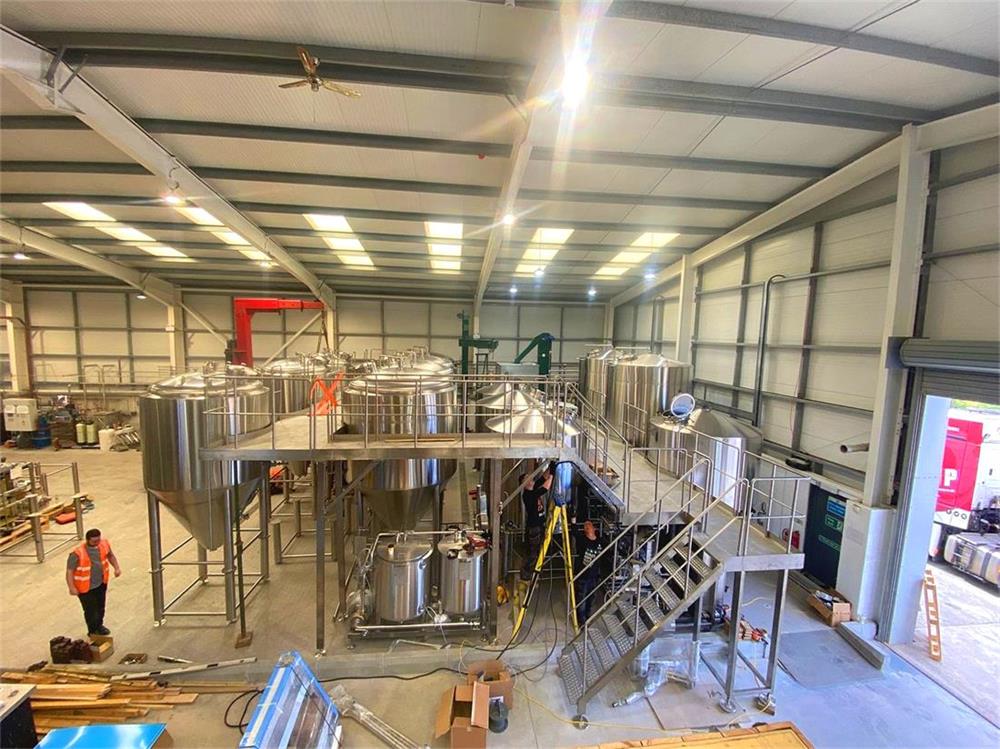
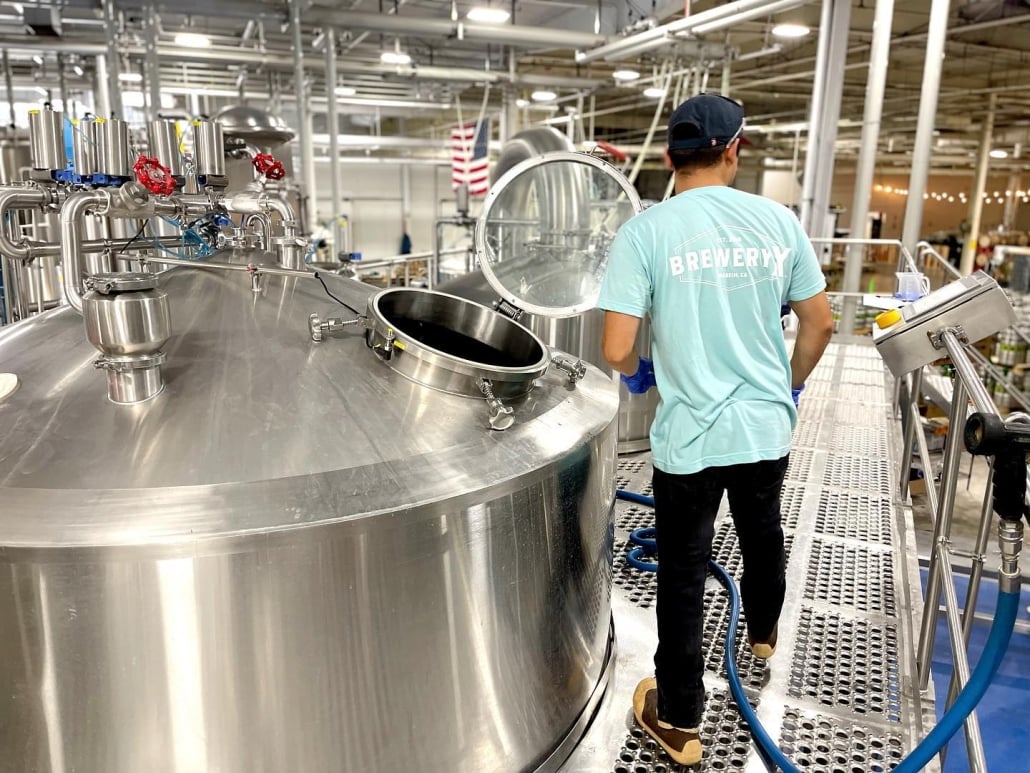
Suppliers and Price Ranges
| Supplier | Equipment Offered | Price Range | Region |
|---|---|---|---|
| BrewTech | Homebrew to Commercial | $500 – $50,000 | Global |
| Blichmann | Homebrew Systems | $300 – $3,000 | North America |
| Ss BrewTech | Advanced Brewing Gear | $1,000 – $20,000 | Worldwide |
| BrauKon | Commercial Systems | $50,000 – $500,000+ | Europe, US |
Installation, Operation, and Maintenance
| Aspect | Details |
|---|---|
| Installation | Professional installation for large systems; simple setup for home kits. |
| Operation | Follow user manuals; automated systems simplify the brewing process. |
| Maintenance | Regular cleaning and servicing to avoid contamination and equipment wear. |
How to Choose Brewing Equipment
Choosing the right brewing equipment depends on your goals, budget, and available space. Here are some tips:
- Assess Your Needs: Are you brewing for fun, starting a small brewery, or scaling up a large operation?
- Set a Budget: Factor in not just the cost of equipment but also installation and maintenance.
- Research Suppliers: Look for reputable brands with strong customer support.
- Consider Customization: Larger systems often offer more flexibility but come at a higher cost.
- Plan Your Space: Measure your available area to ensure a good fit.
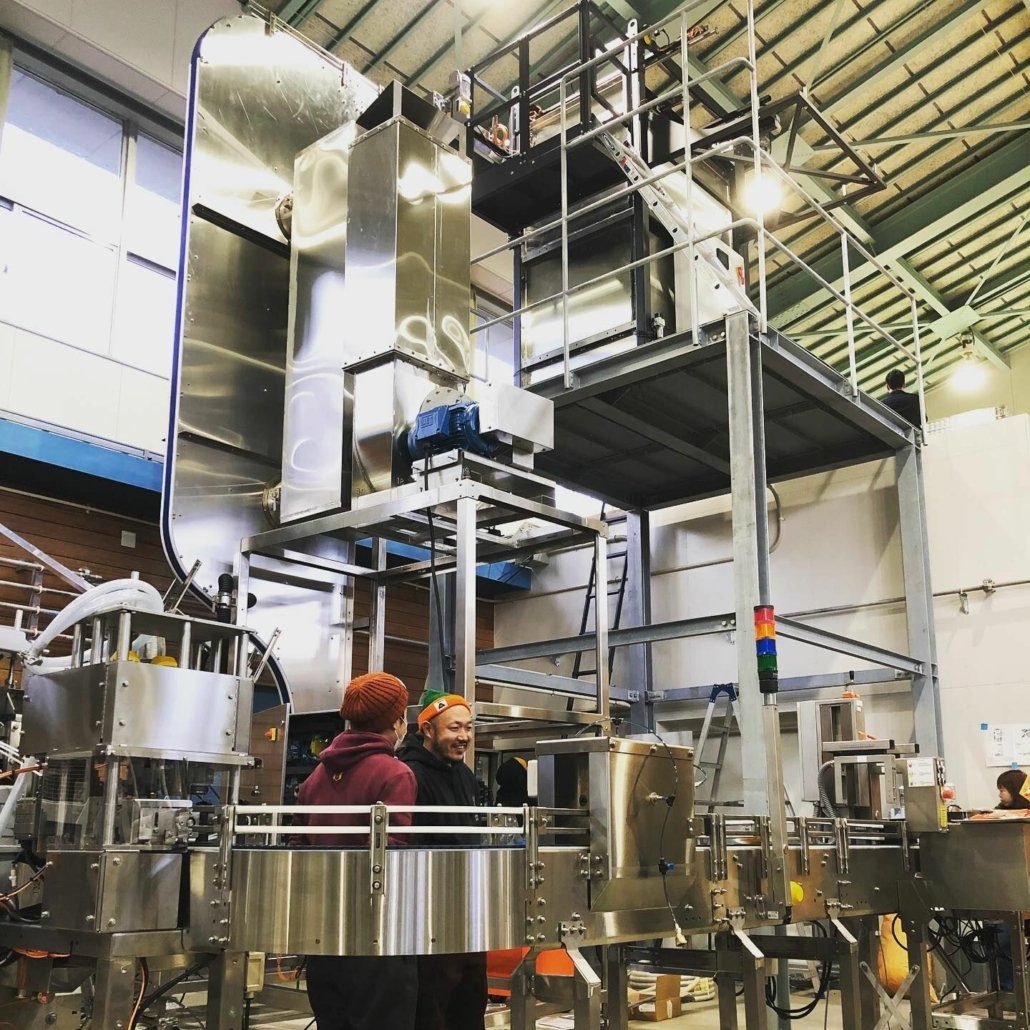
Advantages and Limitations of Brewing Equipment
| Aspect | Advantages | Limitations |
|---|---|---|
| Homebrew Kits | Affordable, beginner-friendly | Limited capacity |
| Pilot Systems | Great for experimentation | Higher upfront cost |
| Commercial Systems | High production volume, automated processes | Expensive and space-intensive |
FAQ
| Question | Answer |
|---|---|
| What’s the best brewing equipment for beginners? | Homebrew kits with clear instructions are ideal for newcomers. |
| How much does a commercial brewing system cost? | Prices range from $50,000 to over $500,000 depending on size and features. |
| How do I clean brewing equipment? | Use food-grade cleaners and sanitizers; follow manufacturer guidelines. |
| Can I upgrade homebrew equipment? | Yes, modular systems allow for easy upgrades over time. |

